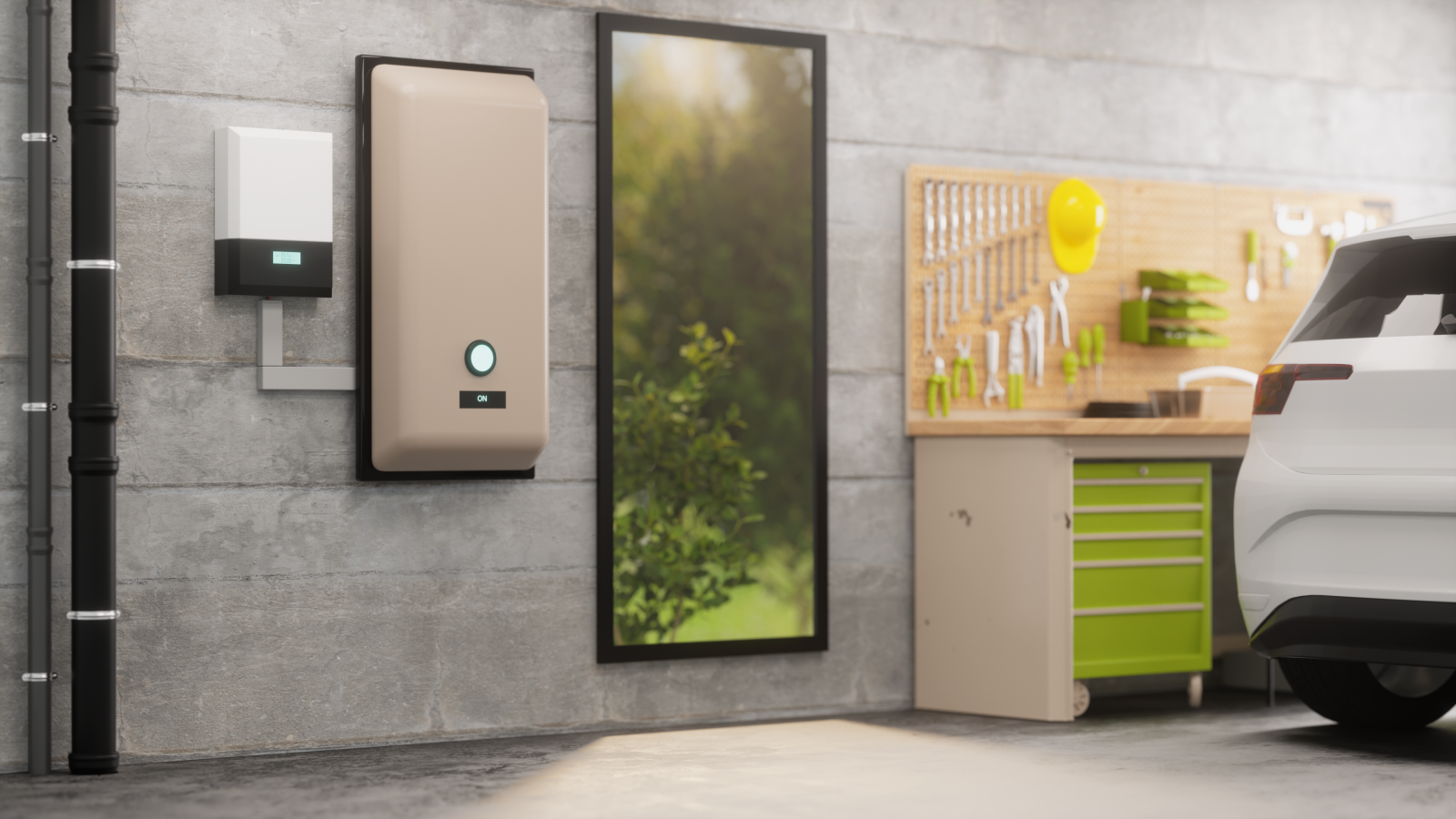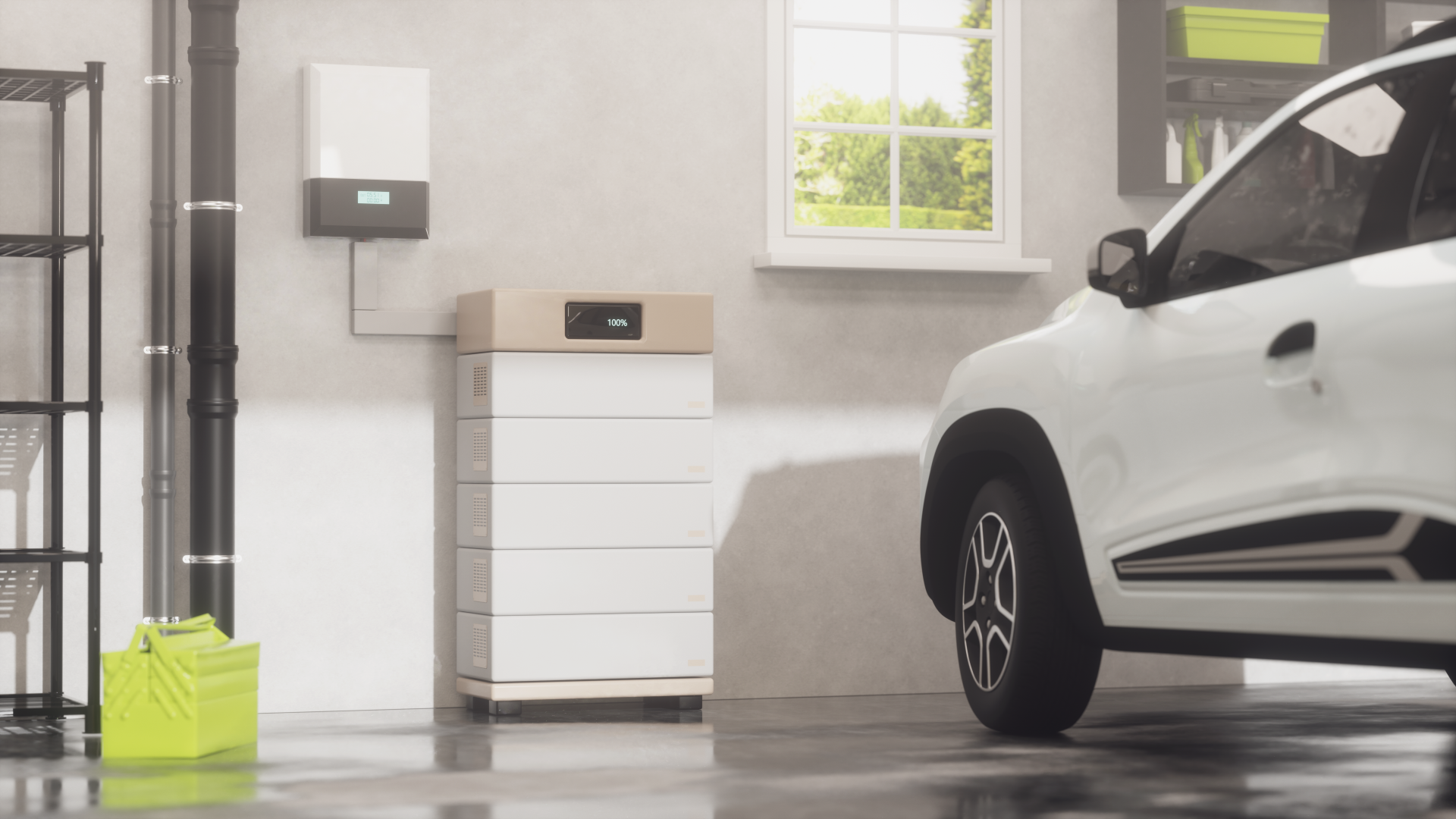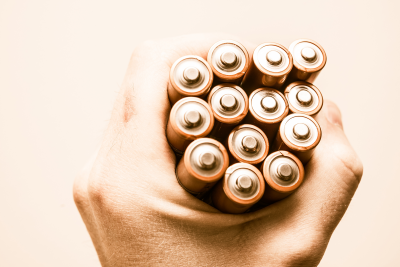
The environmental contribution for home batteries and/or ESS: all your questions answered
Since 1 January 2022, Bebat charges an environmental contribution for Energy Storage Systems (ESS) or home batteries. As a Bebat participant, you pay this when the battery comes on the market not when you take it back in the future.
You may still have some questions about this scheme:
- Why an environmental contribution?
- How much is the environmental contribution?
- How does the declaration at Bebat work?
- What if the battery has to be disposed of?
- Has anything changed in the take-back obligation?
- Are consumers aware?
Read on to find all the answers in this article.
Why was the environmental contribution introduced for home batteries/ESS?
The solution for unclear regulations and financial surprises in the future
The request for an environmental contribution for home batteries came from the sector itself. There was no clear regulation for taking back scrapped home batteries/ESS, resulting in difficult situations on the market. A company that was prepared for the future and had already passed on the processing and recycling costs to the end customer was at a competitive disadvantage compared to those companies that did not think ahead. But the latter will run into problems in the future when they have to take back batteries and are confronted with the processing costs that they never passed on to customer. There was also a risk that the applicable take-back obligation would force companies to be required to take back not only the batteries they had sold themselves, but also those of other players who were no longer active at that time.

This is why clear regulations were required. The environmental contribution means every company that produces or imports home batteries and places them on the Belgian market pays a contribution per kilogram.
Transparency is an asset here because the environmental contribution amount must be stated clearly on invoices to professional customers. You can charge the contribution to the end customer as a separate category on an invoice. The result is that all the involved parties have the certainty that no unexpected costs will follow later on.
To which batteries does the environmental contribution apply?
The environmental contribution has been introduced for energy storage battery modules with a weight ≤200 kg and that are linked to a decentralised energy production installation for electricity, regardless of where they are installed, with the exception of lead batteries. This includes modules for residential (home batteries), commercial and/or industrial use. Batteries that have backup purposes as their main function, so-called UPS batteries, are not included.
What are the rates of the environmental contribution and which costs are covered?
Rates per kilogramme cover the costs associated with the collection, dismantling, processing and recycling of home batteries/ESS.
- €2.89/kg (excl. VAT) for home batteries/ESS based on lithium-ion
- €1.27/kg (excl. VAT) for home batteries/ESS based on salt water
This contribution covers the costs of registration, prevention, raising awareness, collection, dismantling, processing, recycling, reporting to the government and “research & development” to check whether the batteries can be given a second life.
In other words: all the costs are covered. This means you should not expect to bear any costs when taking back the battery at the end of its life (8 to 10 years later). For lead batteries, the administrative contribution continues to apply.
The environmental contribution is calculated per kg. To determine the weight of the battery, you need to take the weight of the battery/module with the serial number on it, including the housing if there is one. The inverter and BMS (Battery Management System) only need to be counted if they are integrated in the housing.
How does the declaration at Bebat work?
As a participant, you are obliged since 1 January 2022 to submit a monthly declaration for all home batteries/ESS you put on the market.
In order to be able to easily identify the declared home batteries/ESS, Bebat uses their unique serial numbers. This way, upon collection we can immediately see whether the environmental contribution has been paid for a specific battery.
This means that when you declare home batteries/ESS, you must also enter the serial number, brand and model of each imported battery.
This makes that the battery will be registered in our database, and you can be assured no additional cost will be charged later upon collection.
Enter the serial number
The serial number is a unique number associated with each home battery or ESS. When you file the declaration on MyBatbase, you will see an extra menu with the title “Details home batteries”. If you click through the menu, you will find a line for each battery module you have indicated where you can enter the serial number, brand and model.
Make sure you enter the serial number correctly! If we cannot find the number in the database when we collect the discarded home battery, there will be a charge associated with the collection*.
*Unless you can prove the battery was put on the market before January 2022.
Bebat has compiled a reference list of ESS/home batteries with useful information about the brand, model, weight and environmental contribution of the most common models; this is accessible to everyone.
Enter nomenclature number
You will also be asked for the nomenclature number with your declaration. This is not the same as the serial number. The nomenclature is a list of all battery types known by Bebat. The nomenclature number is based on the chemical composition (lithium, salt water, lead, etc.) and the type of battery.
There are specific nomenclature numbers that should be used in your declaration of home batteries/ESS.
Consult the nomenclature numbers for home batteries/ESS
Enter the number, weight and reference number per battery module via the participant platform MyBatbase.
Will there be any changes to the take-back obligation?
The take-back obligation applies to all producers, importers or installers who put batteries on the Belgian market. To fulfil this acceptance obligation, you have the choice to either submit an individual plan yourself and have it approved by the regional authorities, or to join Bebat. Doing nothing is therefore not an option. Participants who market home batteries and/or ESS and who have set up their own collection system and wish to maintain it will therefore have to submit an individual plan to the authorities for all categories of battery (SLI or automotive, EV, portable ≤ 5 kg, industrial, LMT ≤ 25 kg) they put on the market.
You will find more information in this blog article.
What if the ESS/home battery has to be disposed of?
If a consumer informs the installer that his/her home battery/ESS must be disposed of, the installer will unlink the battery of the consumer; Bebat can then be contacted to collect it from the installer. The request for collection can be made by e-mail to collection@bebat.be or by telephone at T +32 (0)16 76 88 06.
Has the consumer been informed about the environmental contribution?
Consumers play an important role in this. This regulation also has advantages for end users. Once the environmental contribution has been paid to Bebat, the take-back of the home battery/ESS is assured, which means consumers do not have to worry about anything later on. This is because Bebat registers every home battery/ESS that you declare as a participant and for which an environmental contribution has been paid. Bebat informs consumers about the environmental contribution, which means the benefits are clear to them: they gain certainty for the future and make an important contribution to a better environment and a sustainable society.
Bebat is making every effort to inform everyone about their obligations under the take-back scheme and to encourage them to comply.



